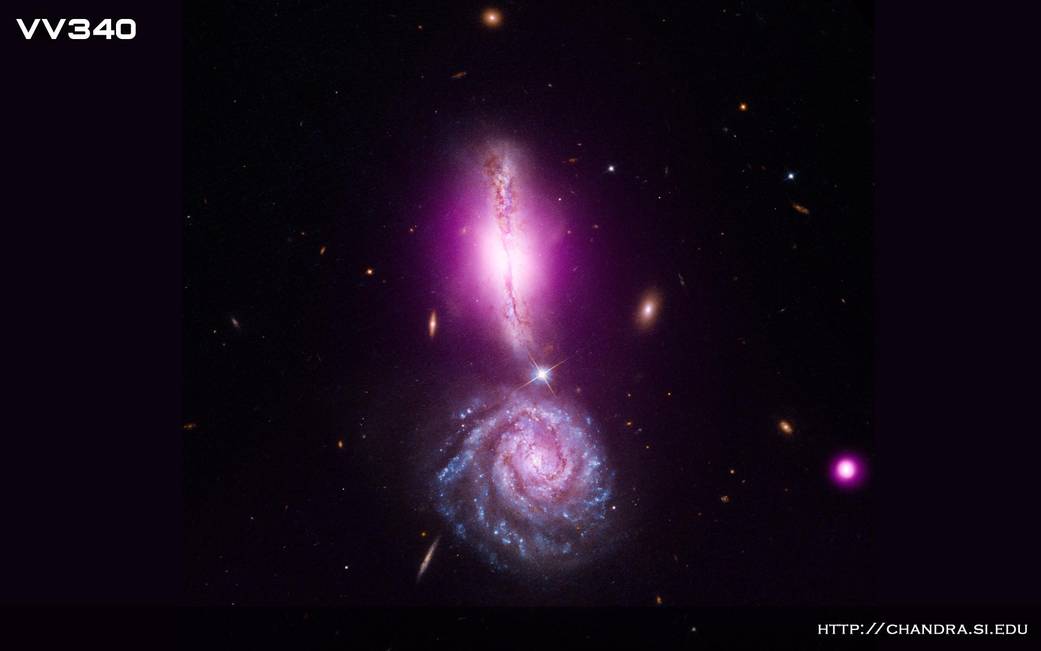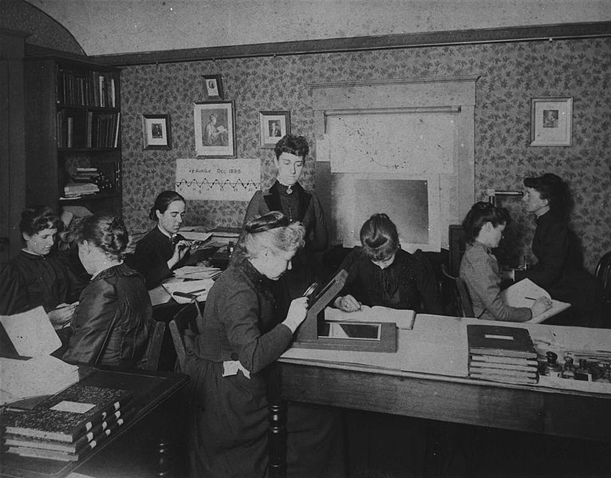
VV 340 represents a cosmic collision of immense proportions. The topmost galaxy, VV 340 North, and the front-facing galaxy, VV 340 South, are together known as the “Cosmic Explanation Point”. The title complements their destiny. In millions of years, the two spiral galaxies will collide and eventually merge into one super galaxy.
When galaxies collide, the event is more peaceful than it sounds. Due to the high gravitational pull from all the cosmic bodies within a galaxy, much of the internal workings, such as stars and planets, remain intact. Occasionally, stars go rouge and are propelled from their galaxy as a result of a collision, but almost never do stars actually collide. Although galaxies are filled with stars, they are spread very far apart from each other, making the possibility for stars to collide during galactic merging next to zero. That’s lucky for us, since in a few billion years, the Milky Way will collide with our neighboring galaxy, Andromeda.
Published by Julia Mariani
(Source: NASA)


